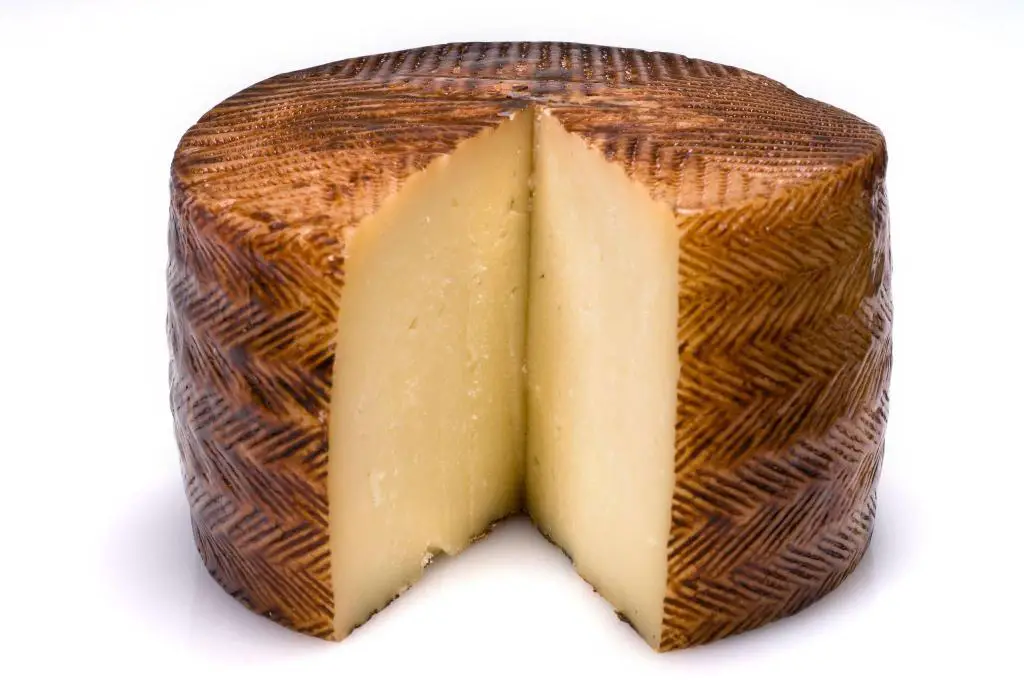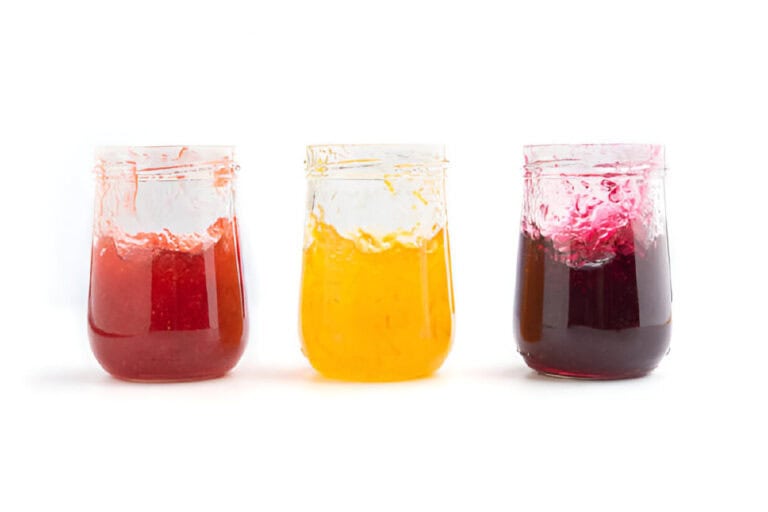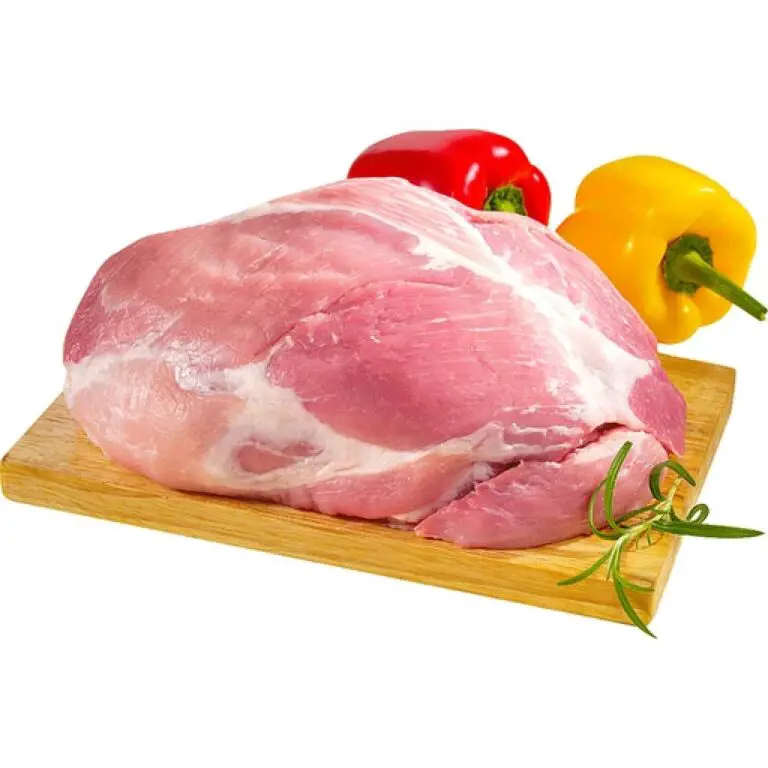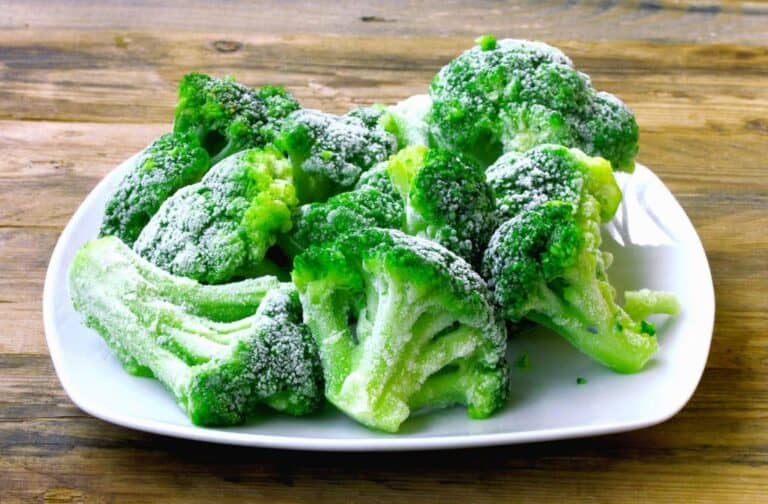Can You Eat the Rind of Manchego Cheese? Is Manchego Rind Edible?

Are you a cheese lover wondering if it’s safe to consume the rind of your favorite Manchego cheese? Or perhaps you’ve been avoiding the rind because you’re not sure if it’s edible.
Whatever your situation, you’re not alone. Many people are unsure whether the rind of Manchego cheese is safe to eat or not. In this article, we’ll explore the world of Manchego cheese rind and answer some common questions about its edibility.
Manchego cheese is a popular Spanish cheese made from sheep’s milk. It has a distinct flavor and aroma that’s hard to resist, and many people enjoy it as a snack or as an ingredient in their favorite dishes.
But what about the rind? Is it safe to eat, or is it better to remove it before consuming the cheese? We’ll dive into the specifics of the Manchego cheese rind and explore its taste, texture, and whether it’s safe to consume. So grab a slice of Manchego cheese and let’s get started!
What is Manchego Cheese and How to Make It?
Manchego cheese is one of the most popular cheeses from Spain, known for its unique flavor and texture. The cheese is firm and dense, and it tastes nutty, buttery, and a little bit sour.
To make Manchego cheese, the sheep’s milk is first curdled with rennet and left to ferment for several hours. The curd is then drained, pressed, and molded into its distinctive cylindrical shape. The cheese is then aged for anywhere from 2 months to 2 years, depending on the desired flavor and texture.
Manchego cheese is commonly used in Spanish cuisine, especially in dishes like tapas and paella. It can also be enjoyed on its own or as part of a cheese board. The cheese pairs well with Spanish red wines and other bold, flavorful foods.
Why Do People Like to Eat Manchego Cheese?
Manchego cheese’s unique flavor and texture make it a popular choice among cheese enthusiasts all over the world. So, what is it about Manchego cheese that makes people love it so much?
One of the main reasons people like Manchego cheese is that it has a lot of different and complex flavors. Made from sheep’s milk, it has a rich and creamy texture with a slightly tangy and nutty taste. Manchego cheese can also change in taste as it ages, with younger cheeses having a milder taste and older cheeses having a sharper taste.
The complexity of the flavor makes it a versatile cheese that can be paired with a wide variety of foods and beverages, from wine and beer to fruits and nuts.
Another reason people enjoy Manchego cheese is its versatility in cooking. It can be eaten on its own as a snack or appetizer, or it can be added to a wide range of dishes, from salads and sandwiches to pasta and risotto. Its unique flavor can add depth to any dish, making it a favorite among chefs and home cooks alike.
Health Benefits of Consuming Manchego Cheese
Did you know that Manchego cheese is also loaded with health benefits? Yes, it’s true! Consuming Manchego cheese can contribute to a healthy lifestyle in several ways. Here are three benefits of this delicious cheese that you should know about:
- Manchego cheese is rich in calcium, an essential mineral that is vital for healthy bones and teeth. A single serving of this cheese can give you about 30% of the calcium you need for the day. So, if you’re lactose intolerant or have trouble digesting other dairy products, Manchego cheese can be an excellent alternative to meet your calcium needs. Besides, calcium is also essential for muscle function, blood clotting, and nerve function, so consuming Manchego cheese can benefit your overall health.
- Manchego cheese is a great source of protein, which is needed for body tissues to grow and heal. It contains all nine essential amino acids required for the body to function correctly, making it a complete protein. Additionally, protein helps to regulate blood sugar levels, improve satiety, and support weight loss. So, if you’re looking to add more protein to your diet, snacking on Manchego cheese can be a great option.
- Manchego cheese is also an excellent source of vitamins and minerals. It contains essential vitamins like A, D, and B12, along with minerals like zinc and phosphorus. These nutrients are very important for keeping your immune system, skin, and eyes healthy. So, incorporating Manchego cheese into your diet can provide you with an array of benefits.
- Manchego cheese contains probiotics, which are beneficial bacteria that can improve gut health. These good bacteria help balance the microbiome in the gut, which can reduce inflammation and improve digestion.
- Manchego cheese is rich in antioxidants, which can help protect against oxidative damage. These antioxidants can help reduce the risk of chronic diseases such as cancer, heart disease, and Alzheimer’s.
Can You Eat the Rind of Manchego Cheese? Is Manchego Rind Edible?
One question that often comes up is whether the rind of Manchego cheese is edible. The answer is yes; the rind of Manchego cheese is perfectly safe to eat, and many people enjoy the added texture and flavor it brings to the cheese.
The rind of Manchego cheese is made from a coating of natural molds that develop on the surface of the cheese during the aging process. These molds are perfectly safe to consume and do not contain any harmful bacteria or toxins. In fact, the rind can add an earthy and nutty flavor to the cheese, as well as a slightly firmer texture.
When eating Manchego cheese with the rind, take note that the flavor and texture may be different from the cheese itself. The rind can have a stronger and slightly bitter taste, which may not be to everyone’s liking. However, if you enjoy the taste and texture of the rind, it can be a great way to add some extra depth to your cheese plate or recipe.
How To Cut and Eat Manchego Rind
Many people wonder if it’s possible to eat the rind of Manchego cheese, and the answer is yes! The rind can be eaten and gives the cheese a unique texture and flavor. However, it can be a bit tough, so it’s important to know how to cut and eat it properly.
- Start by selecting a wedge or block of Manchego cheese that still has its rind intact.
- Place the cheese on a cutting board and use a sharp knife to cut off the amount of cheese that you would like to consume.
- Once you have your desired portion, take the knife and carefully cut off the rind from the cheese.
- The rind can be quite tough, so use caution while cutting and make sure to discard the rind properly.
- Once the rind has been removed, cut the cheese into smaller portions or cubes for serving or snacking.
- Manchego cheese pairs well with a variety of accompaniments, such as crackers, fresh fruit, and nuts.
- To fully enjoy the flavor of the Manchego cheese, allow it to come to room temperature before consuming.
- Take a small piece of the cheese and savor it slowly in your mouth, allowing the flavors to develop fully. Repeat as desired, pairing with your favorite accompaniments.
TIPS 
When eating the rind of Manchego cheese, you need to chew it thoroughly to ensure that it’s fully broken down before swallowing. The rind can be a bit tough, so taking small bites and chewing slowly can help make it easier to eat. Additionally, if the rind is particularly thick, you can use a cheese knife to remove some of the tough outer layer before eating.
What Does Manchego Rind Taste Like?
The rind of Manchego cheese is a topic of interest for many cheese lovers. While the rind may not be everyone’s cup of tea, some people swear by it, claiming that it adds a unique flavor to the cheese. So, what does Manchego rind taste like? Let’s find out.
Firstly, it’s important to note that the taste of Manchego rind can vary depending on the age of the cheese. Younger Manchego cheese typically has a milder flavor that’s not as noticeable in the rind. As the cheese ages, the flavor of the rind becomes more pronounced and can range from nutty to earthy to slightly tangy. Some people describe the flavor of the rind as mushroom-like, while others find it to be more herbaceous.
Secondly, the texture of the rind also plays a role in the overall taste experience of Manchego cheese. The younger cheese has a softer rind that’s easier to eat and doesn’t have as strong a flavor. The older cheese has a thicker, harder rind that can be more difficult to chew and has a more intense flavor. The texture of the rind can also be slightly gritty, which some people find off-putting.
Finally, the rind of Manchego cheese can also have a slight saltiness to it, which can enhance the overall flavor of the cheese. However, too much salt can make the rind taste overly salty and mask the other flavors of the cheese.
How Long Does Manchego Rind Skin Last?
The answer depends on several factors, including the age of the cheese, how it’s stored, and whether it’s been opened or not.
The age of the cheese plays a significant role in the longevity of the rind. Younger Manchego cheese typically has a softer, thinner rind that’s easier to eat and doesn’t last as long. On the other hand, older Manchego cheese has a thicker, harder rind that can last longer. If you’re unsure of the age of your Manchego cheese, check the label or ask the cheesemonger.
How the cheese is stored can also affect how long the rind lasts. Manchego cheese should be stored in the refrigerator at a temperature between 35 and 45 degrees Fahrenheit.
Keep the cheese tightly wrapped in plastic wrap or aluminum foil to keep it from drying out or getting flavors from other foods in the fridge. If the rind begins to show signs of mold or excessive drying, it’s time to cut it off and discard it.
Finally, whether the cheese has been opened or not can also affect the lifespan of the rind. Once the cheese has been opened, the rind is exposed to air and can dry out or become moldy more quickly. If you’re not planning to eat the cheese right away, it’s best to remove the rind before storing it to prolong the life of the cheese.
How to Store Manchego Cheese for Optimal Freshness
Like many cheeses, it is important to store it properly to ensure that it stays fresh and delicious for as long as possible. Here are some tips on how to store Manchego cheese for optimal freshness.
First and foremost, it is important to wrap your Manchego cheese tightly in wax paper or parchment paper to help prevent moisture from getting in and spoiling the cheese. Avoid using plastic wrap, as it can cause the cheese to sweat and encourage mold growth. Once wrapped, you can store the cheese in a cheese storage bag or airtight container to further protect it.
Another important factor to consider is the temperature at which you store your Manchego cheese. It is best to keep it in a cool, dark place, such as the bottom drawer of your refrigerator. The ideal temperature range for storing cheese is between 35 and 45°F (1 and 7°C), so make sure your refrigerator is set to this temperature range.
When it comes to the shelf life of Manchego cheese, it can vary depending on factors such as how the cheese was made and how it has been stored. In general, though, properly stored Manchego cheese can last for several weeks to a couple of months. Just make sure to check it regularly for signs of spoilage, such as mold growth or a strong odor, and discard any portions that have gone bad.
By following these simple tips, you can enjoy fresh and delicious Manchego cheese for as long as possible. Whether you’re snacking on it, using it in a recipe, or serving it on a cheese board, properly storing your Manchego cheese is key to getting the most out of this tasty cheese.






